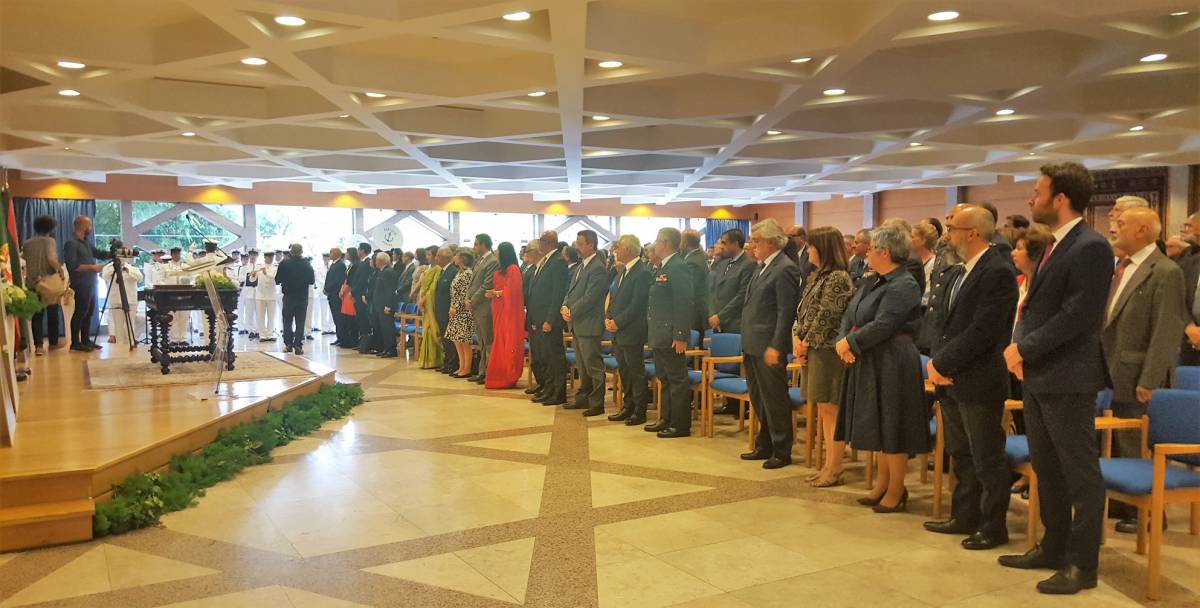
NOVA University Lisbon, through NOVA School of Social Sciences and Humanities (NOVA FCSH), celebrated yesterday, July 10, a cooperation protocol for research and archaeological preservation intervention of Ribat da Arrifana, on the Aljezur coast, which has been classified as a National Monument in 2013.
This partnership involves the Ministry of Culture, the Municipality of Aljezur, the Aga Khan Trust For Culture and NOVA FCSH, that was represented at the ceremony by the Rector of the University, Professor João Sàágua, and the Director of NOVA FCSH, Professor Francisco Caramelo.
The Ribat da Arrifana is referred to as a monastery of Muslim warrior monks, which began to be built approximately in 1130 of the Christian era on the initiative of Ibn Qasi, a natural historical figure of Silves and a temporary ally of the first king of Portugal, D. Afonso Henriques. The archaeological site is considered by many investigators who are dedicated to the study of medieval Islamic presence in the West as one of the most important archaeological discoveries of the 21st century. In April this year, National Geographic reported a "totally abandoned" monument in the article The Archaeological Ruins of Arrifana.
Taking into account the historical and archaeological value of Ribat da Arrifana, and the identification by the Ministry of Culture as "a place of inestimable value", the protocol aims to preserve it, value it and make it known to the public. "Ensuring the legal protection of the archaeological site", "Preserving the existing archaeological site", "Building and implementing an interpretative centre" and "Promoting academic research in the field of Archeology, History and Conservation" are some of the commitments set out in the document.
Over the next 18 months, the four entities involved will define, through a technical working group, a multi-annual plan that includes all the strategies of implementation and management of the interpretive centre, financing, excavation execution and creation of base data on the archaeological heritage. This group will be part of the Institute of Archeology and Paleocities of the University NOVA of Lisbon (IAP).

Source: NOVA FCSH